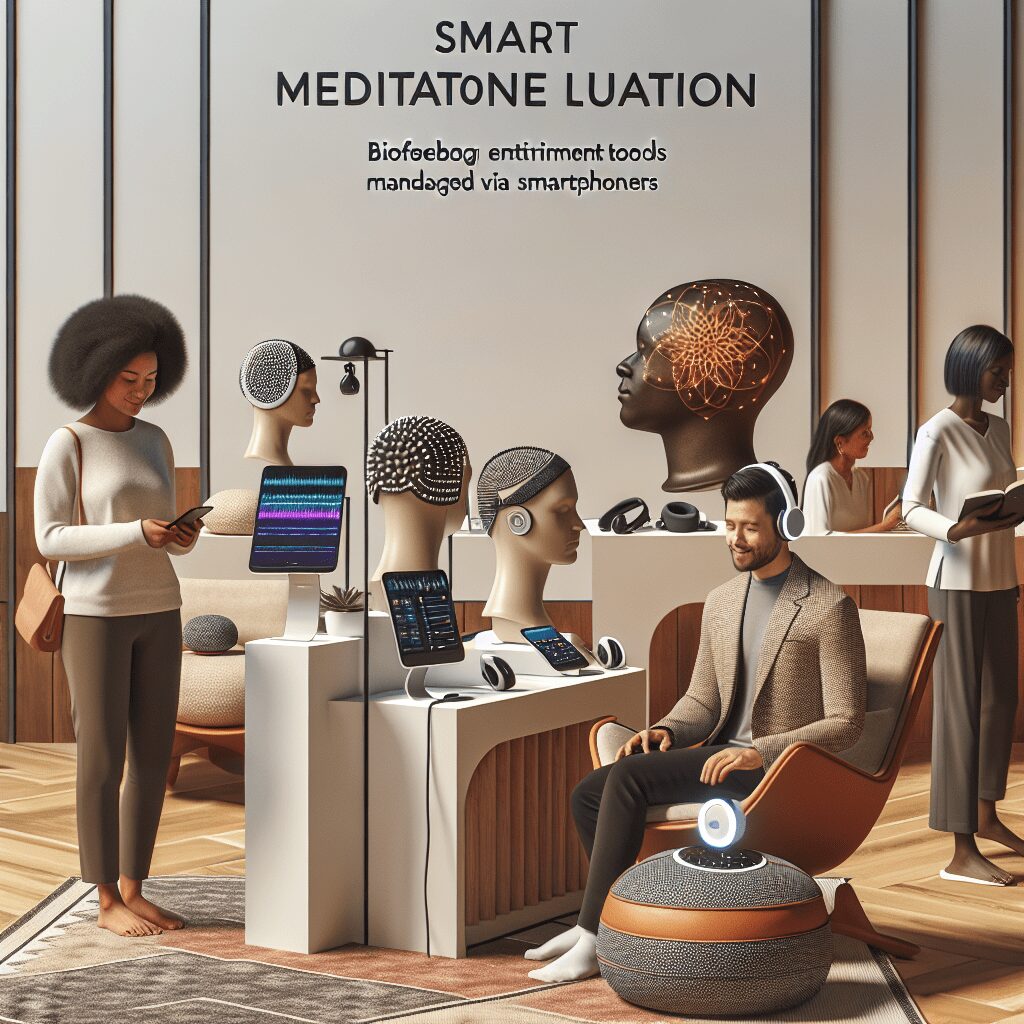
Prioritize your mental well-being daily. Enhance your life by nurturing your mental health with the Smart Meditation app. Break free from stress, alleviate anxiety, and enhance your sleep quality starting today.
How To Know If You’re Having A Panic Attack Or Anxiety Attack?
Deciphering the Signs: Panic vs. Anxiety Attacks
In the labyrinth of mental health, it’s easy to trip over the wires of our own emotions, especially when it comes to distinguishing between a panic attack and an anxiety attack. To the untrained eye, they might seem like two peas in a pod, but there’s more than meets the eye. So, how do you tell them apart? Buckle up as we delve into the crux of the matter, armed with knowledge that’s as practical as it is insightful.
Understanding Panic Attacks: The Sudden Storm
Picture this: out of the blue, your heart starts racing as if you’ve just run a marathon without moving an inch. This, my friend, could very well be a panic attack. Characterized by their sudden onset and the feeling of sheer terror they bring, panic attacks are the body’s alarm system gone haywire. Here’s what usually tags along during a panic attack party:
- Heart palpitations or chest pain, making you wonder if you’re having a heart attack.
- Breathlessness or a sensation of choking, as though the air itself is a scarce commodity.
- Dizziness, nausea or, in some cases, an out-of-body experience, making the world seem like a spinning top.
- Sweating bullets, despite the lack of physical exertion.
- A fear of losing control or impending doom, as if you’re a character in a horror movie where you’re both the protagonist and the ghost.
Panic attacks are the ninjas of the mental health world – striking without warning and leaving as mysteriously as they came. Typically peaking within minutes, these episodes can leave you exhausted and bewildered.
Navigating the (Seemingly) Endless Waters of Anxiety Attacks
Now, let’s drift over to the realm of anxiety attacks. Unlike their panic-inducing cousins, anxiety attacks are not recognized in the DSM-5 (Diagnostic and Statistical Manual of Mental Disorders). However, that doesn’t make them any less real for those who experience them. Anxiety attacks are like the background music of a suspense movie, building up gradually, often in response to a perceived stressor or threat.
Symptoms can include:
- Persistent worrying or overthinking, making your mind feel like it’s running a marathon.
- Restlessness or irritability, as if you’re a caged bird yearning to break free.
- Fatigue, because battling your own thoughts is an exhausting endeavor.
- Difficulty concentrating, making even simple tasks seem like Herculean feats.
- Muscle tension, as if you’re perpetually bracing for impact.
Essentially, if panic attacks are a thunderstorm, anxiety attacks are the relentless drizzle that leaves everything damp and cold.
So, What’s the Verdict?
Now that we’ve danced around the definitions, it’s evident that while panic and anxiety attacks share some common ground, they’re distinct in their triggers, duration, and intensity. Recognizing the signs and understanding the nuances can be your first step towards managing them. Remember, though, this isn’t a one-man show. Seeking professional help can make a world of difference – because, let’s face it, navigating the mind’s murky waters is no easy feat.
In the grand scheme of things, understanding whether you’re facing a panic or an anxiety attack is more than just semantics. It’s about knowing your opponent so you can tailor your battle strategy accordingly. After all, knowledge is power, and in the fight against mental health issues, it’s your strongest ally. So arm yourself with understanding, and let’s turn the tide, one wave at a time.





